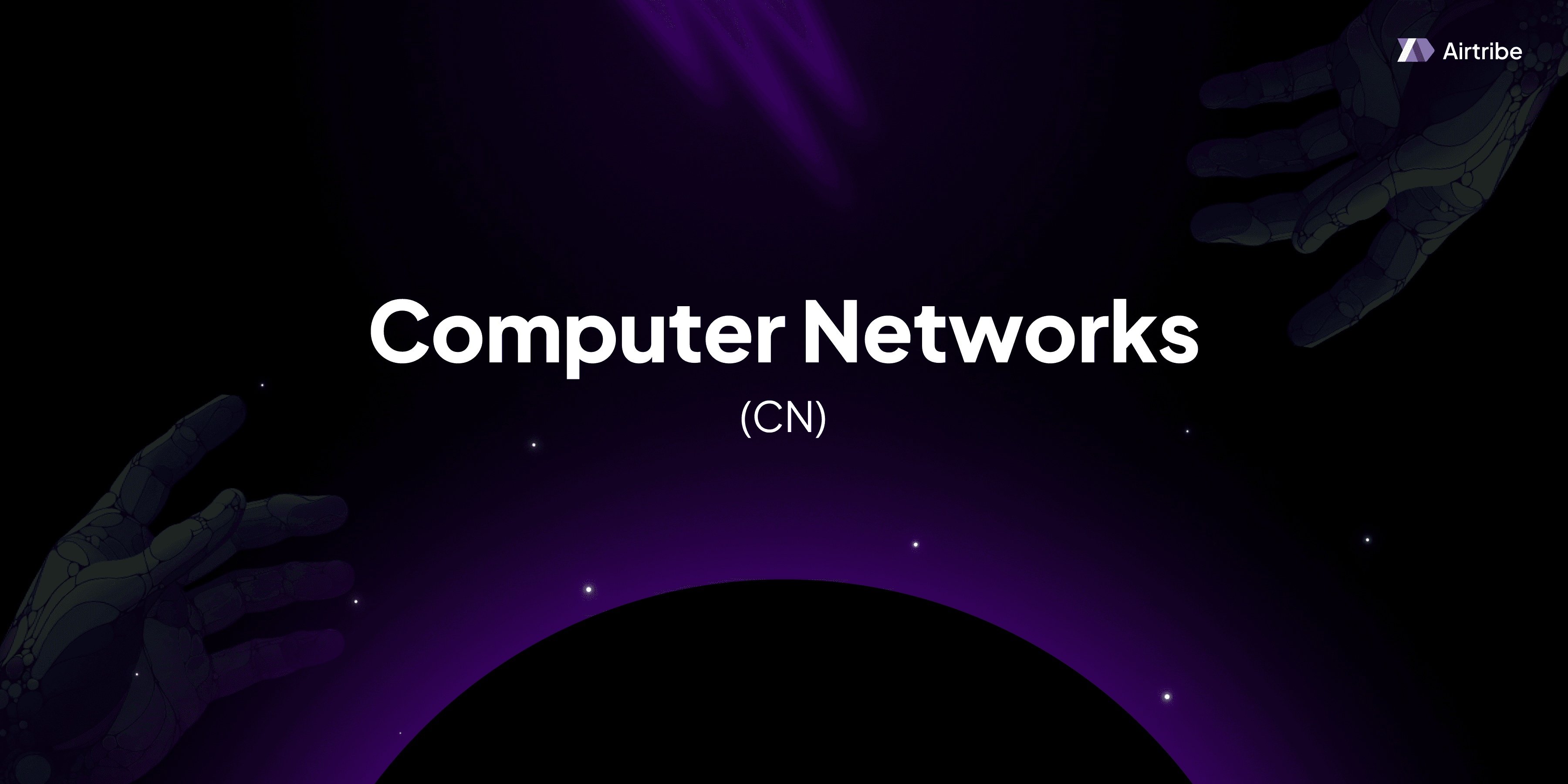Difference between OSI and TCP/IP model

Understanding Network Models: OSI vs. TCP/IP
In the field of computer networks, the OSI (Open Systems Interconnection) and TCP/IP (Transmission Control Protocol/Internet Protocol) models play crucial roles in ensuring seamless data communication across diverse systems. These models serve as frameworks, outlining how data should be transmitted smoothly between computers, irrespective of their underlying structures or operating systems. Though both models aim for efficient networking, their approaches and structures vary significantly. This article delves into the core differences between the OSI and TCP/IP models, helping you understand how these frameworks facilitate network communication.
Core Concepts and Theory
OSI Model
The OSI model, developed by the International Organization for Standardization (ISO) in the late 1970s and early 1980s, is a conceptual framework that standardizes the functions of a telecommunication or computing system into seven abstraction layers. Each layer is responsible for a specific aspect of data communication:
- Physical Layer: Deals with the physical connection and transmission of raw bit streams over a medium.
- Data Link Layer: Manages node-to-node data transfer and handles error detection and correction.
- Network Layer: Oversees packet forwarding, including routing through different routers.
- Transport Layer: Ensures complete data transfer with flow control and error recovery.
- Session Layer: Manages sessions with service requests and responses.
- Presentation Layer: Translates data formats, handling encryption and data compression.
- Application Layer: Interacts directly with software applications to provide communication services.
TCP/IP Model
The TCP/IP model, however, is the cornerstone of the Internet, developed by the Department of Defense (DoD) in the 1960s and refined until its formal adoption in the 1980s. It was designed to ensure robust and scalable network communication, segmented into four layers:
- Link Layer: Combines functions similar to the OSI's Physical and Data Link layers.
- Internet Layer: Corresponds to the OSI's Network Layer, responsible for logical addressing and routing.
- Transport Layer: Mirrors the OSI's Transport Layer, facilitating host-to-host communication with protocols like TCP and UDP.
- Application Layer: Integrates the functions of OSI's Session, Presentation, and Application layers, supporting protocols like HTTP, FTP, SMTP, etc.
Practical Applications
Understanding these two models' structures helps network engineers design efficient systems and troubleshoot issues. The OSI model provides a universal language for network communication, useful in identifying where particular problems occur. Meanwhile, the TCP/IP model is essential for implementing standards for Internet communication.
Comparison and Analysis
| Feature | OSI Model | TCP/IP Model |
|---|---|---|
| Development | ISO, aimed for standardization | ARPANET, for robust, practical use |
| Layers | Seven distinct layers | Four broad layers |
| Approach | A theoretical guide for educational purposes | Practical and protocol-standard based |
| Flexibility | Layer separation with more protocol choices | Protocol standardization |
| Protocols | Protocols are not strictly defined per layer | Protocols are predefined and integral |
| Usage | More as a teaching tool and troubleshooting aid | Widely used in real-world networks |
| Layering Process | Distinct layers for specific tasks | Layers sometimes have overlapping roles |
The key takeaway is that while the OSI model is more comprehensive as an educational framework, the TCP/IP model is integral to network operations today, emphasizing pragmatism and functionality.
Additional Resources and References
For those looking to delve deeper into these network models, consider exploring the following resources:
- "Computer Networking: A Top-Down Approach" by James Kurose and Keith Ross: Provides a thorough examination of the TCP/IP protocol suite and its operation.
- RFC 1122 and RFC 1123: Foundational documents that address the standards for internet protocol suite technologies.
- Layered presentations and tutorials on platforms like Coursera and edX often elaborate both OSI and TCP/IP model applications.
Understanding the distinctions and practical applications of the OSI and TCP/IP models will enhance your grasp of network communication, provide valuable insights for network design, and strengthen troubleshooting skills in mission-critical environments.


